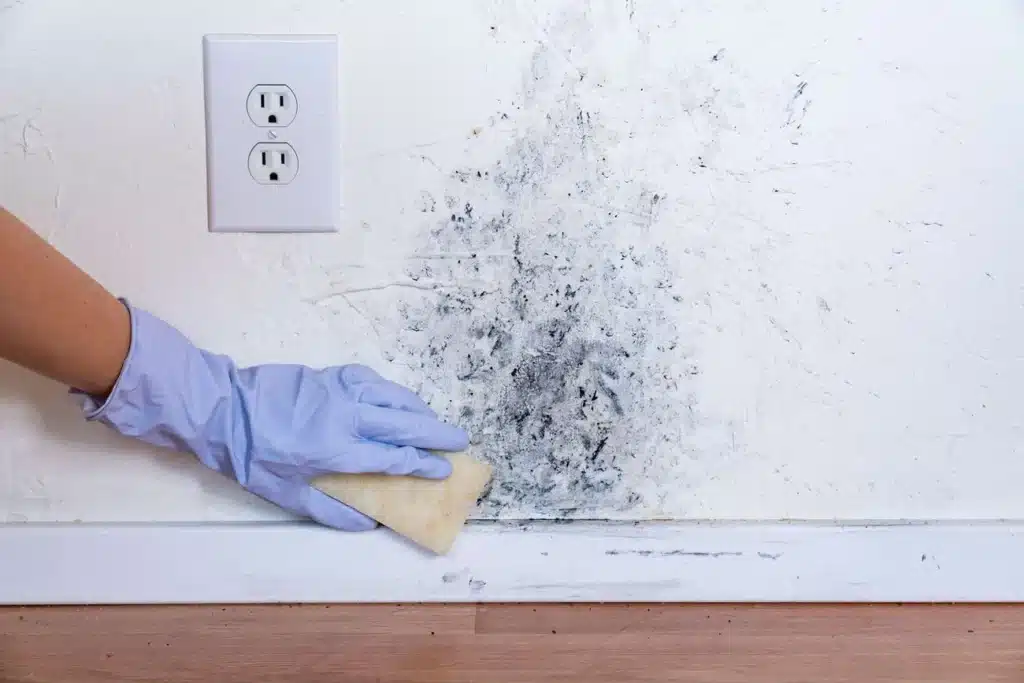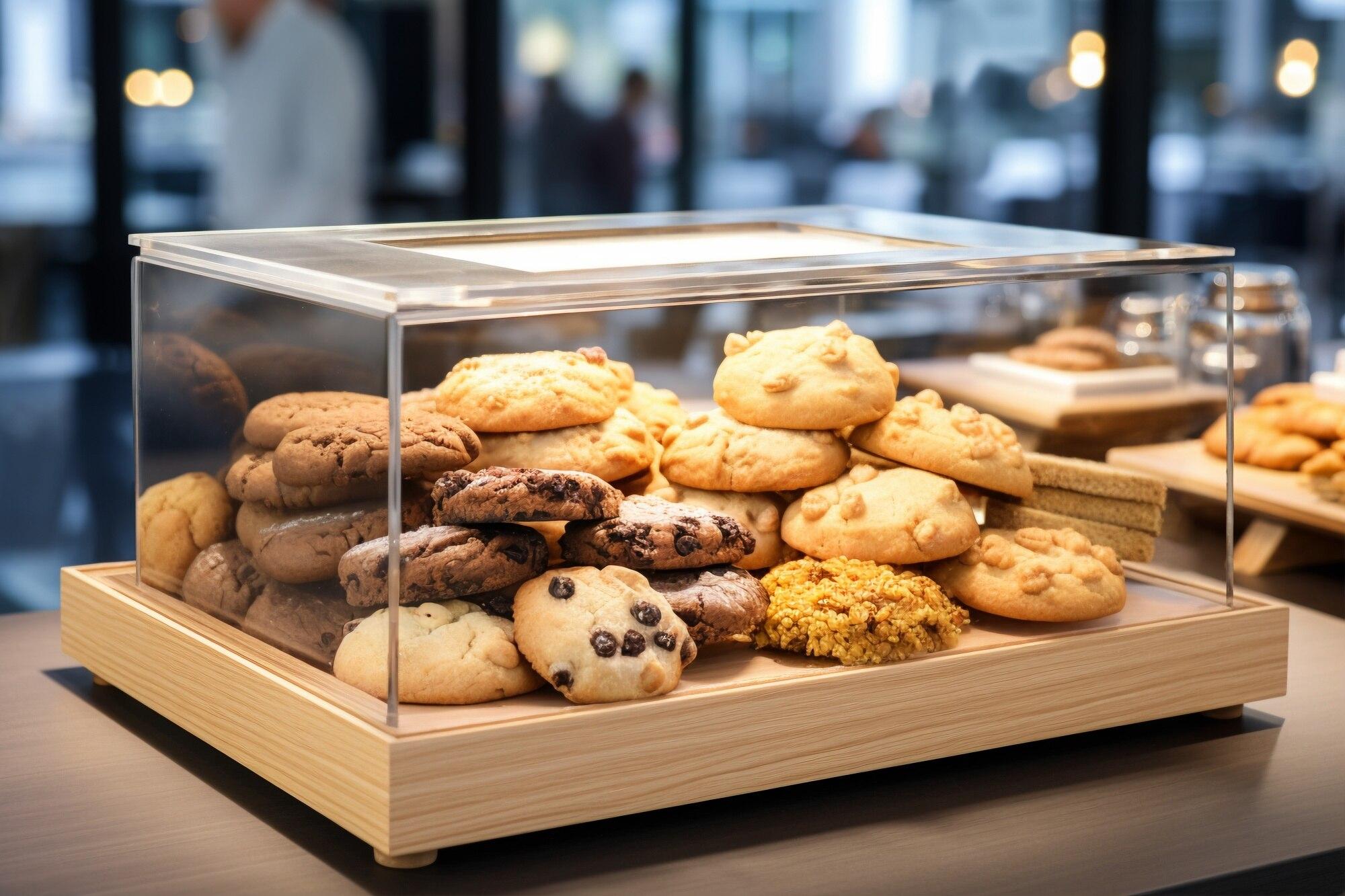How to Kill Mold on Drywall Without Damaging Your Walls

Few things unsettle homeowners more than seeing dark mold spots spreading across clean drywall. Those black or greenish patches aren’t just ugly; they signal trapped moisture and potential air-quality issues. Learning how do I kill mold on drywall is crucial to protecting both your walls and your well-being. Mold grows fast when humidity or leaks go unnoticed, and using the wrong cleaner can strip paint or damage drywall texture.
When you understand how mold forms, you can tackle it safely and prevent future outbreaks. The key lies in gentle yet effective cleaning methods that remove spores without harming finishes. This article explains what causes drywall mold, how to clean it step-by-step, and when to hire professionals for deeper treatment and protection.
What Causes Mold on Drywall?
Mold develops wherever moisture lingers and airflow is limited. Common causes include roof leaks, damp basements, condensation near air vents, and plumbing issues behind walls. Drywall, made from gypsum and paper backing, absorbs water easily, creating an ideal surface for mold to feed and multiply.
Once moisture seeps in, spores spread quickly beneath paint layers. You might notice peeling, bubbling, or a musty odor before the mold becomes visible. Areas like bathrooms, laundry rooms, and kitchens face higher risks because of steam and humidity.
If you suspect deeper contamination or hidden moisture, contact GCR Builders LLC for professional mold evaluation and safe drywall restoration services. Their trained specialists use advanced tools to locate and remove mold without damaging your home’s structure.
Step-by-Step Guide: How to Kill Mold on Drywall Safely
Follow this complete method to remove mold while keeping walls intact.
Supplies You’ll Need
-
Gloves, mask, and protective eyewear
-
Plastic sheets and tape for sealing the area
-
Soft sponge or microfiber cloth
-
Spray bottle and bucket
-
Mild dish detergent
-
White vinegar or hydrogen peroxide
-
Clean water and dry towels
Step 1: Isolate the Affected Space
Close doors, open windows, and cover nearby furniture with plastic sheets. This prevents airborne spores from traveling throughout your home.
Step 2: Gently Clean Surface Mold
Mix warm water with a small drop of detergent. Wipe the mold gently using a soft sponge. Avoid soaking the drywall; excess water can worsen the problem.
Step 3: Apply a Natural Cleaning Solution
Fill a spray bottle with white vinegar or hydrogen peroxide. Spray the moldy surface lightly and let it sit for about fifteen minutes. These natural agents kill mold spores without harming paint or wall texture.
Step 4: Wipe and Dry Thoroughly
Use a damp cloth to remove any residue, then dry the surface completely using clean towels or a fan. Moisture left behind can cause mold to reappear.
Step 5: Safely Dispose of Used Materials
Place cleaning rags and sponges in sealed plastic bags before discarding them. Proper disposal helps prevent recontamination.
When to Call a Professional Mold Remediation Team
DIY cleaning is fine for small surface patches, but larger or recurring outbreaks call for professional help. If mold covers more than a few square feet, appears behind baseboards, or keeps returning after cleaning, it’s time to call experts.
Professionals use specialized HEPA vacuums, containment barriers, and moisture detection equipment to remove hidden spores safely. They also repair the underlying water source that caused the mold in the first place. Hiring trained remediation specialists ensures your walls remain intact and mold-free for the long term.
Drywall Mold Prevention Checklist
Keeping walls dry and well-ventilated is the best way to prevent mold. Use this simple checklist:
-
Fix roof or plumbing leaks immediately.
-
Maintain indoor humidity below 50 percent.
-
Vent bathrooms, laundry rooms, and kitchens properly.
-
Use a dehumidifier in damp basements.
-
Clean spills and water damage within one day.
-
Apply mold-resistant primer when repainting walls.
-
Inspect your attic and crawl spaces every few months.
Pro Tip: Run exhaust fans during showers and cooking to remove extra moisture before it settles on drywall.
Key Term Definitions
-
Black mold cleanup: Safely removing dark mold species that grow on interior walls.
-
Drywall mold treatment: The process of cleaning and sanitizing drywall to stop fungal growth.
-
Household mold control: Regular maintenance steps to reduce mold spread throughout the home.
Frequently Asked Questions
1. How do I kill mold on drywall naturally?
Use vinegar or hydrogen peroxide instead of harsh chemicals. Both remove mold effectively without damaging painted surfaces.
2. Can I paint over mold to hide it?
No. Painting over mold traps moisture and worsens the problem. Always clean and dry the area first before repainting.
3. What’s the safest way to get rid of mold on walls?
Gently scrub using mild soap and vinegar, then dry thoroughly. This combination protects both the paint and the drywall.
4. How do professionals handle drywall mold removal?
They seal the space, use HEPA filtration, and treat affected materials with approved antimicrobial products to prevent regrowth.
5. How can I stop mold from returning after cleaning?
Control humidity, fix leaks quickly, and keep rooms ventilated. Consistent household mold control keeps future outbreaks away.
6. Should I replace drywall that has mold inside it?
Yes, if the drywall feels soft or mold has penetrated deeply, replacement is safer than surface cleaning.
Conclusion
Removing mold from drywall doesn’t have to destroy your walls. With gentle solutions, proper ventilation, and patience, you can clean safely and keep your home healthy. The most important step is addressing moisture early to stop mold before it spreads.
Consistent drying, routine inspections, and good airflow help maintain a mold-free environment. If you ever face stubborn growth or suspect hidden damage, reach out to professionals for reliable and lasting results. A clean, dry wall not only looks better but also keeps your living space safe and comfortable.








